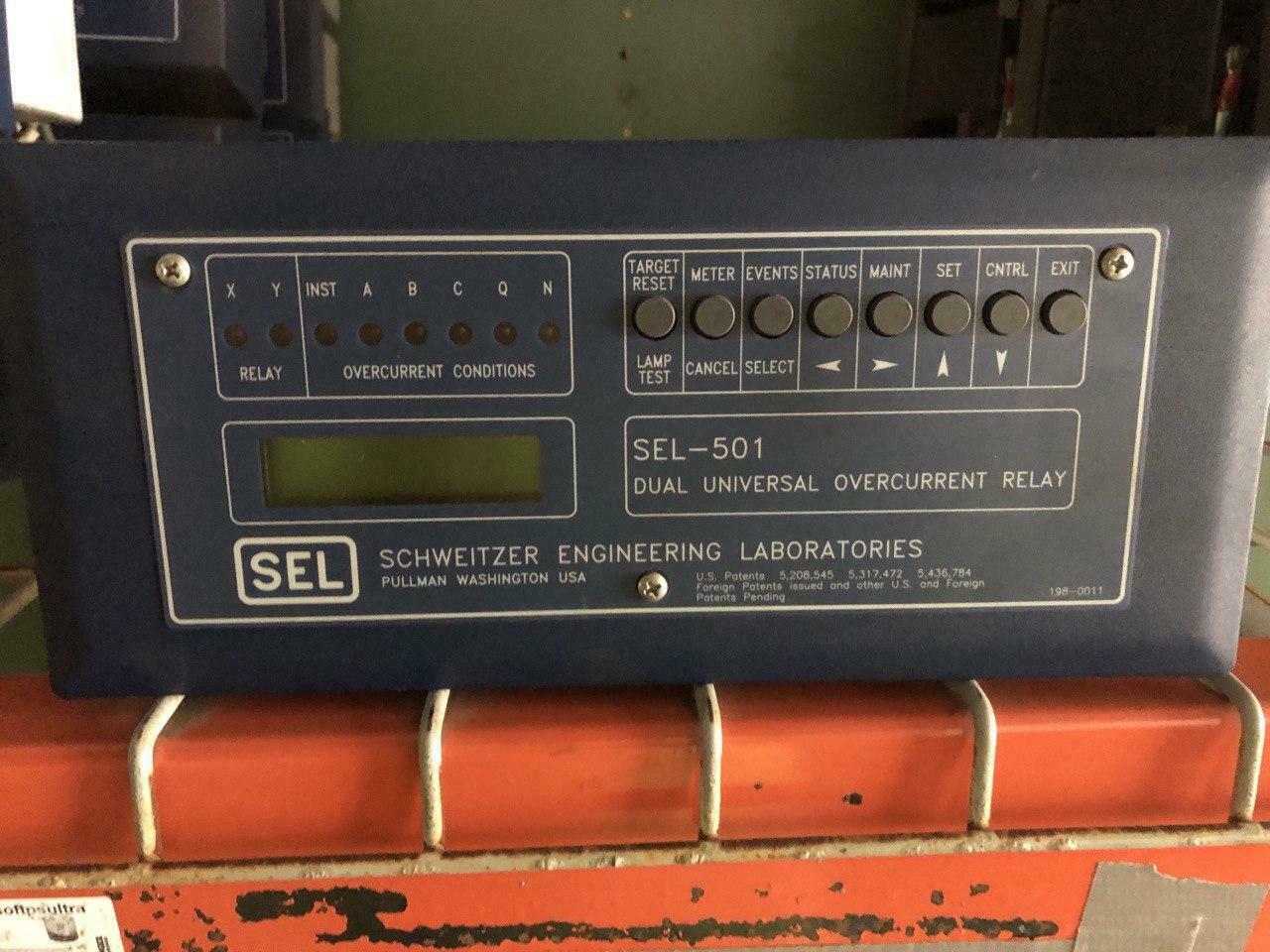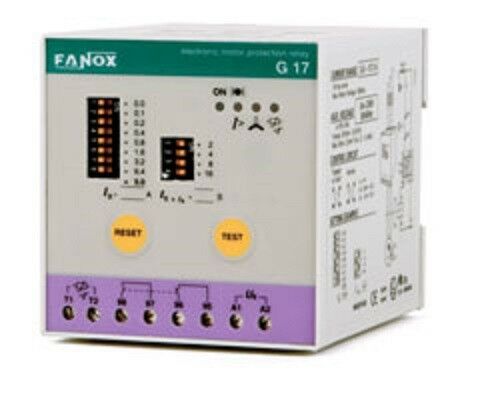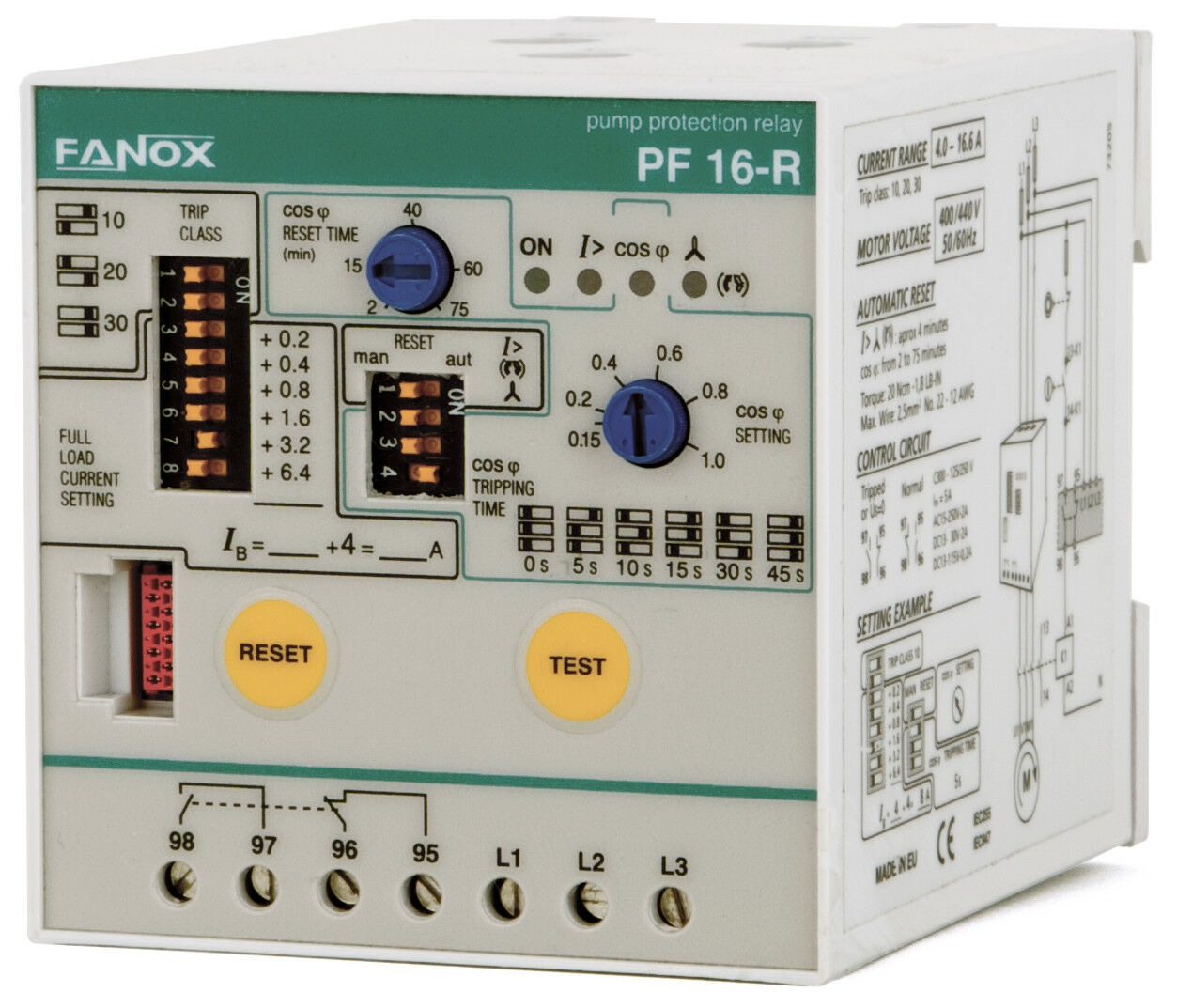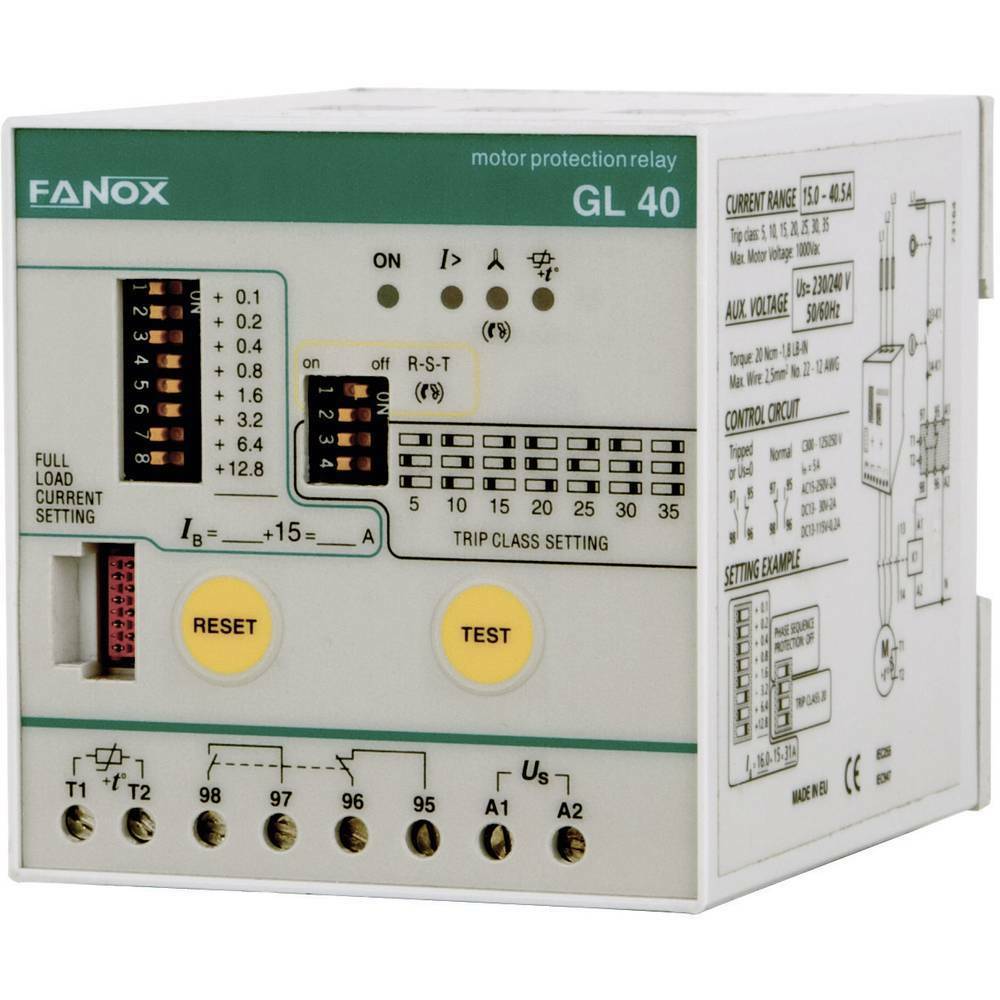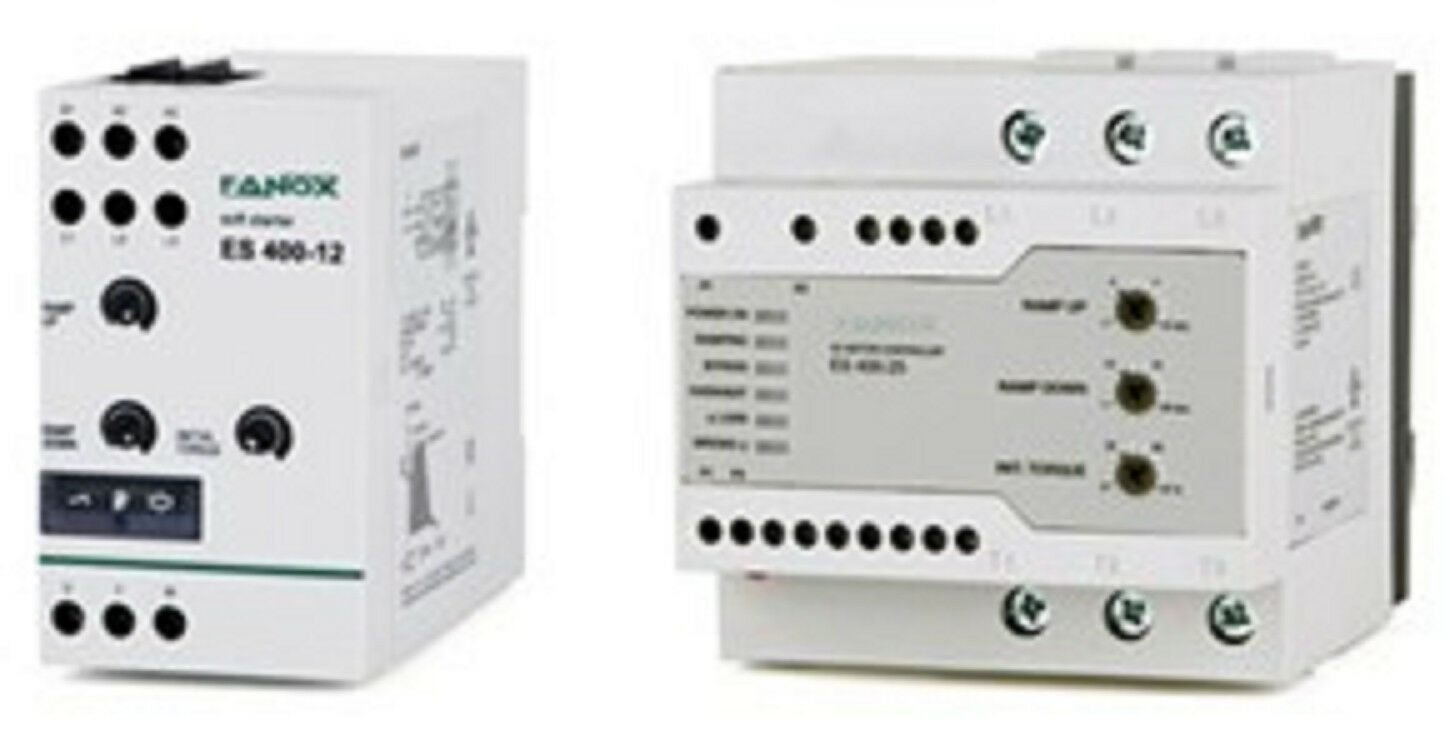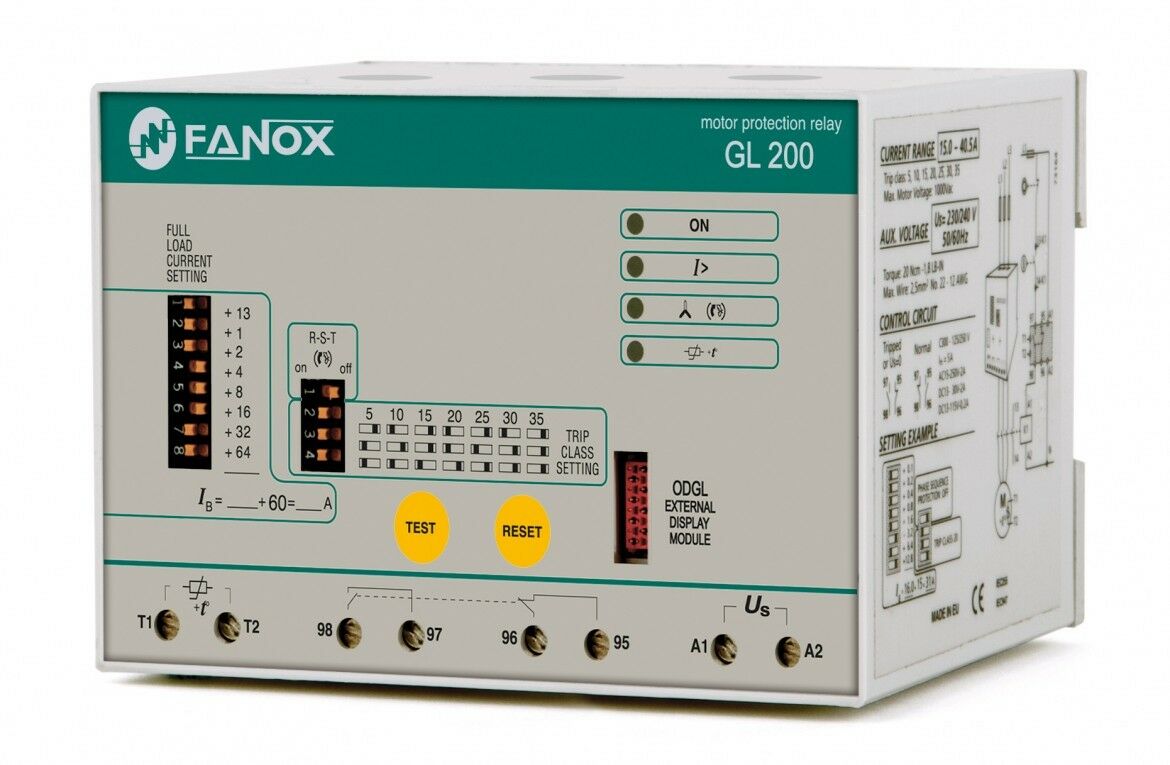-40%
SEL-501 Dual Universal Overcurrent Relay
$ 47.51
- Description
- Size Guide
Description
Compact PackageTwo independent three-phase relays (X and Y) in a single compact package simplify two-high switchgear installations with reduced wiring, enhanced protection, and simplified settings. Each relay is configurable for one of several relay applications.
Flexible Applications Eliminate Settings
Complexity Settings menu includes individual selections for Feeder (FDR), Overcurrent (OC1), Motor (MOT), Breaker Failure (BFR), and Timer (TMR) relay applications. Feeder and overcurrent applications include phase, negative-sequence, and residual ground instantaneous, definite-time, and time-overcurrent elements. The breaker failure application includes breaker failure initiate, retrip, and breaker failure time-delayed operation. The timer relay application includes independent pickup and dropout settings for two outputs driven from a single control input.
Motor Protection Application
The motor relay application includes a patented motor thermal model for applications not requiring resistive temperature device (RTD) inputs. The motor thermal model automatically switches between starting and running conditions, and requires only basic information about the motor.
Event Reporting
The relay stores 20 event report summaries and 12 fifteen-cycle event reports. The event summaries and the last two event reports are stored in nonvolatile memory.
